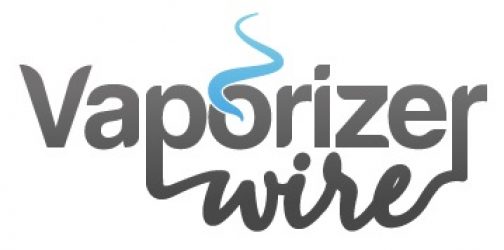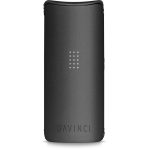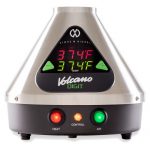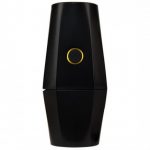While the annual rate at which children have been exposed to nicotine actually dropped by 19.8% from 2015 to 2016, experts are concerned that liquid nicotine (e-liquid) continues to pose a “serious risk” for adolescents.
According to the findings of a new study published in the journal Pediatrics, which examined the National Poison Data System’s e-liquid exposure data from January 2012 to April 2017, there were over 8,200 reports to U.S. poison control centers of children under the age of 6 being exposed to e-liquid. Of which, the vast majority, 92.5%, were exposed via ingestion.
From 2012 to 2015, the annual pediatric e-liquid exposure rate rose from 0.7 incidents reported per 100,000 children to 10.4%, marking a nearly 1,400% increase. The following year, from 2015 to 2016, the rate dropped down to 8.3%, marking a nearly 20% decrease. This decrease may be the result, at least in part, of new regulatory efforts aimed at vaping products. Such legislation, which has been enacted on a federal level, now requires vaping companies to package their products in child-resistant packaging while also raising public awareness of the risks associated with such products.
Dr. Gary Smith, the director of the Center for Injury Research and Policy at the Nationwide Children’s Hospital in Columbus, Ohio and one of the study’s authors, was quoted by HealthDay as having said that the decrease in the annual pediatric e-liquid exposure rate seen from 2015 to 2016 is “a step in the right direction and something we should be happy about, but these numbers are still too high.”
“It’s a step in the right direction and something we should be happy about, but these numbers are still too high.”
Smith added that there’s still “a lot of work to do, because these exposures are still occurring and we know there are other things we can and should do to reduce exposures in young kids.”
By Smith’s account, the amount of liquid nicotine in e-liquid products could be reduced, which may be wise given that a small amount of liquid nicotine can prove to be fatal to children. He also believes that the U.S. Food and Drug Administration (FDA) should consider limiting the available flavors and regulating the labeling of such products.
In summary, Smith stated that the “main thing” that we can do at this time “is to look at further steps to limit access and decrease the attractiveness of liquid nicotine to young children.”


 The Best Portable Vaporizer Under $150...
The Best Portable Vaporizer Under $150... You Haven't Lived Until You've Tried This Vape...
You Haven't Lived Until You've Tried This Vape... This Automatic Herb Grinder Can Roll You Joints...
This Automatic Herb Grinder Can Roll You Joints...